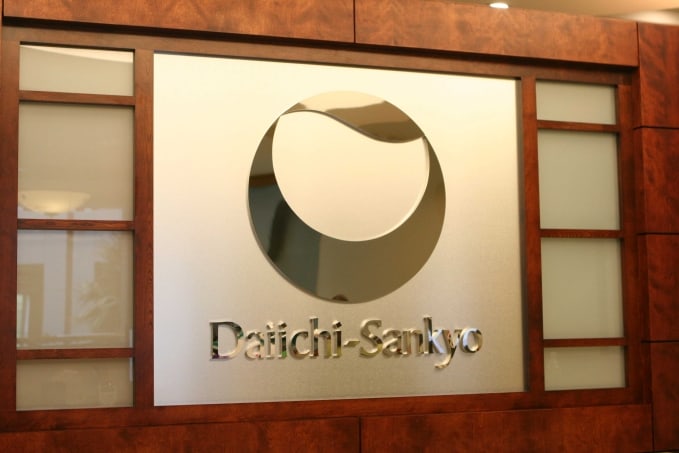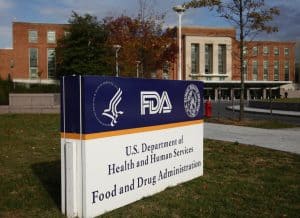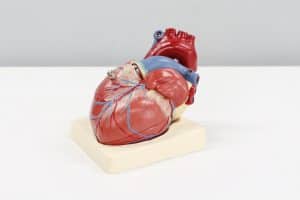
Daiichi scores another NICE nod for Lixiana
pharmafile | August 12, 2015 | News story | Sales and Marketing | Daichii Sankyo, Daiichi, Lixiana, atrial fibrillation, edoxaban
NICE has recommended in draft guidance the anti-blood clotting drug Daiichi Sankyo’s Lixiana for preventing stroke and blood clots in adults with atrial fibrillation.
The draft guidance gives doctors the go-ahead to prescribe Lixiana (edoxaban) to prevent strokes and systemic embolism in adults with non-valvular atrial fibrillation (NVAF) who have one or more risk factors, including congestive heart failure, hypertension, diabetes, a prior stroke or transient ischaemic attack (mini-stroke), or who are aged 75 years or older.
It states that prescribing decisions should be made after an informed discussion between the clinician and patient, outlining the risks and benefits of Lixiana in comparison to warfarin and the other anticoagulants in its class; Bristol-Myers Squibb’s Eliquis (apixaban), Boehringer Ingelheim’s Pradaxa (dabigatran) and Bayer’s Xarelto (rivaroxaban).
NVAF is a heart rhythm disorder which affects the top two chambers of the heart. This causes the heart to beat irregularly and fast, pumping blood around the body in a disordered manner that can cause clots to form as the blood moves slowly. NVAF affects around 800,000 people in the UK with around 250,000 people undiagnosed.
It is thought that in people who are taking warfarin, the potential risks and benefits of switching to Lixiana should be considered in light of their ability to maintain their blood clotting to acceptable levels.
Professor Carole Longson, NICE health technology evaluation centre director, says: “Many people with NVAF find taking warfarin difficult because, among other things, it requires regular monitoring and dose adjustments and can interact with many foods and other drugs.
“Because edoxaban, like the other newer agents, doesn’t require frequent blood tests to monitor treatment it represents a significant potential benefit for many people with NVAF. There was also evidence that edoxaban had nearly half the rate of haemorrhagic stroke events compared to warfarin.”
She adds: “The Committee concluded that, taking all the evidence into account, edoxaban is clinically and cost effective compared with warfarin and can be recommended as an alternative to warfarin for preventing stroke and systemic embolism for people with NVAF who have one or more additional risk factors for stroke.”
NICE also issues draft guidance for edoxaban for deep vein thrombosis and pulmonary embolism in July. The draft guidance is out for consultation.
Dr Simon Clough, UK managing director for Daiichi Sankyo, says: “We are very pleased to be able to offer patients and doctors in England and Wales a new convenient to use alternative in the treatment armoury against AF-related illness. It is extremely gratifying that we have received NICE final appraisal determinations for both atrial fibrillation and venous thromoboembolism within a very short time after gaining European authorisation.”
Dr Clough adds: “NICE has recognised an unmet clinical need among patients with AF and this recommendation confirms the value of edoxaban, which combines convenience and safety with features compared to warfarin that patients and physicians appreciate.”
Yasmita Kumar
Related Content

Acesion Pharma raises €45m series B funding
Acesion Pharma has announced that it has closed an oversubscribed €45m series B financing round. …

Correvio’s atrial fibrillation drug voted down by FDA committee over safety concerns
It has emerged that Correvio Pharma’s anti-arrhythmic therapy Brinavess was shot down by the FDA’s …

AI accurately detects subtle signs of atrial fibrillation even in normal tests
A new study from the Mayo Clinic shows that artificial intelligence (AI) can detect signs …








